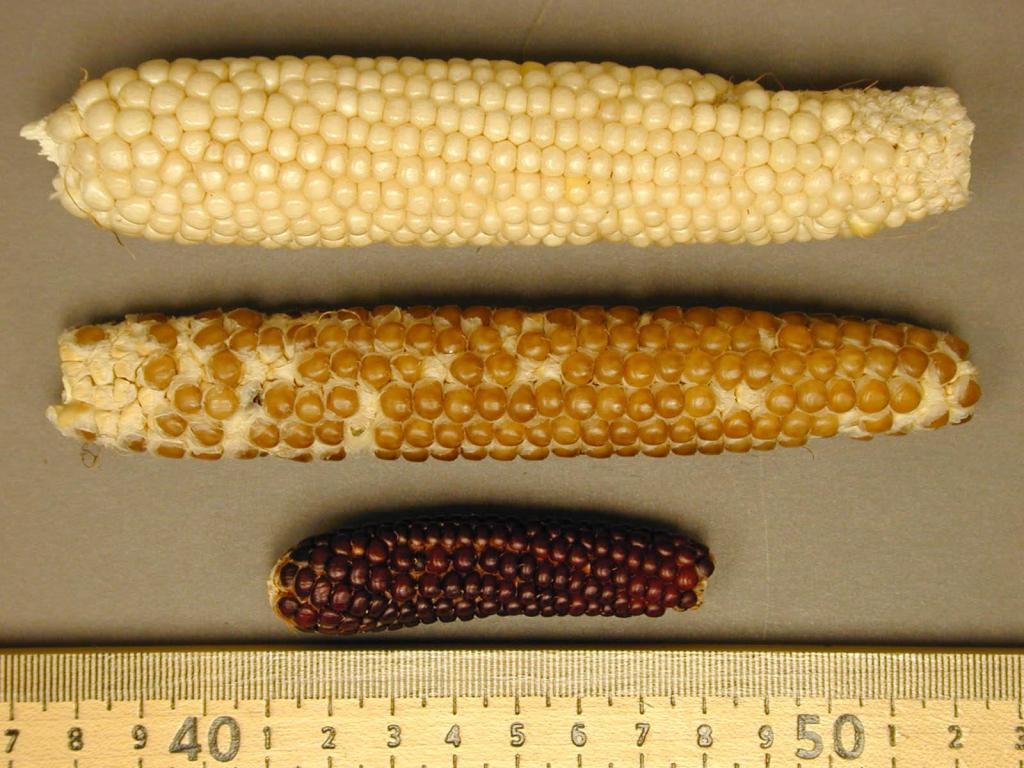Leslie Chang-Jantz and Kandi Hollenbach
McClung Museum of Natural History and Culture, University of Tennessee, Knoxville
One of the big questions that archaeologists have is when did people become farmers, and when did they start growing some of the major crops that we rely on today, like wheat, rice, and corn. Corn, or maize, is a fascinating crop! It plays a crucial role in cultures and industries around the world. Maize can produce high yields compared to other crops, and it can be turned into an array of products such as corn flour, cornmeal, hominy, grits, animal feed, ethanol, high-fructose corn syrup, and bio-based plastics. There are many everyday products in your household that most likely have a connection to corn. The list is seemingly endless: crayons, chalk, toothpaste, and even diapers!
Maize has a long and rich history. It was domesticated about 9,000 years ago in southwestern Mexico. Archaeologists find evidence, such as burned corn cobs, indicating humans spread maize throughout the Americas. The dispersal occurred likely through trade networks, with documented evidence showing that maize moved south to Chile by 3000 years ago and north to Canada by at least 1000 years ago.

Maize plants depend on humans for their continued survival. The plant requires attention because the seeds do not disperse by themselves. Archaeological evidence indicates that many native cultures in North America used a companion planting approach to maize production. In this method, maize is planted alongside varieties of beans and squash. The maize stalk provides a physical pole for the bean vines to cling to, the bean plants help increase nitrogen levels of the soil (which foments growth), and squash leaves offer natural shading to hold moisture in the soil. This close relationship is also documented in oral histories such as the story of the Three Sisters, where each sister represents a different crop.
Scholars at the McClung continue to play an important role in unveiling this crop’s a-maize-ing journey through ongoing research of maize from archaeological sites, collaborations with local tribes, and gallery exhibitions like the “Archaeology and the Native Peoples of Tennessee.” Also keep an eye out for more family-friendly activities on the McClung Museum’s website!
For more information:
- McClung Museum’s Corn Will A-Maize You! and Mazorcas de Oro lessons
- TED Talk video for Children
- Story of “The Three Sisters,” recorded by Lois Tomas of Cornwall Island, Canada.


